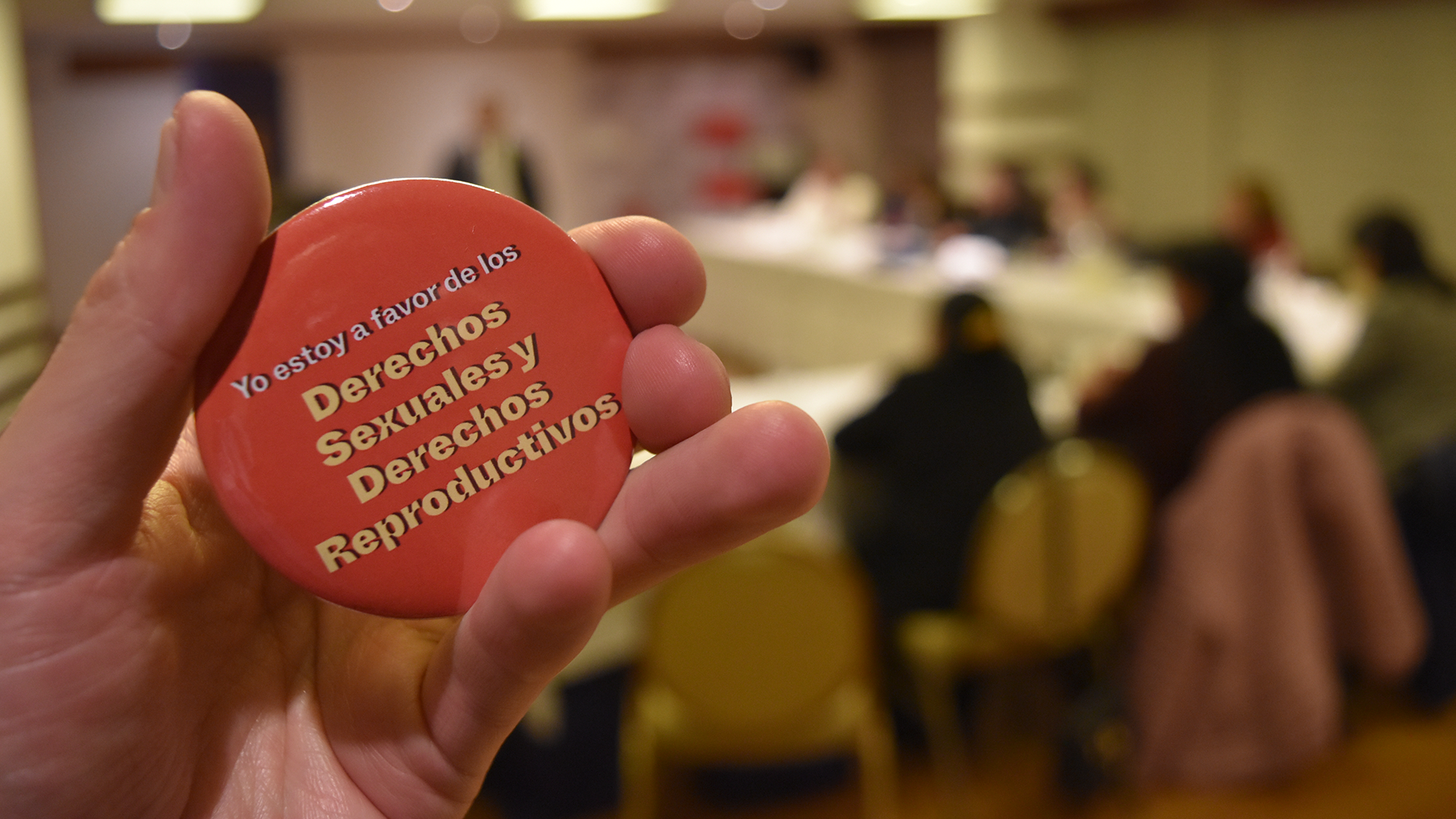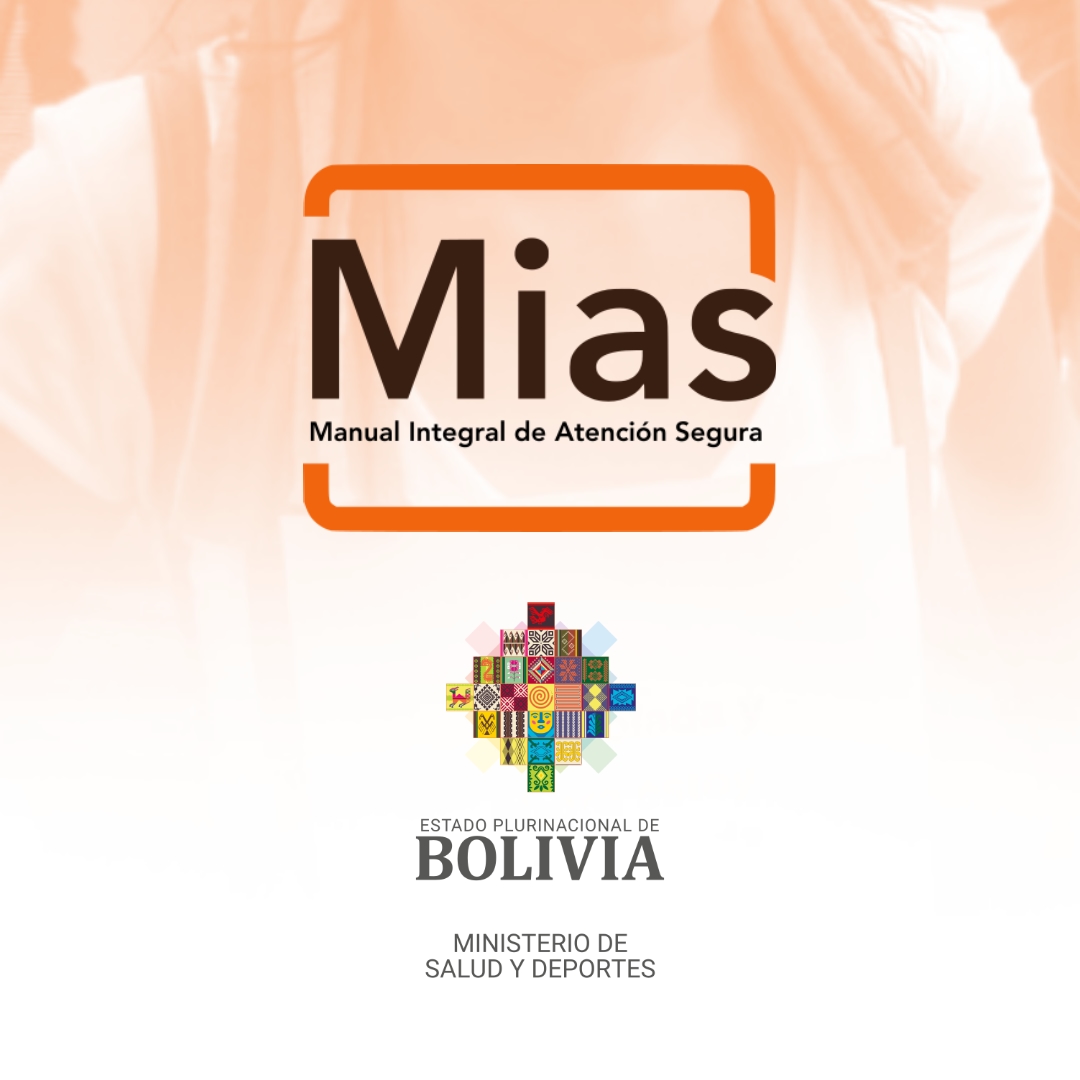Of the crimes related to rape (38.4%), rape of children and adolescents is the most common among the country’s inmates. Of all inmates, 15.9% perpetrated rape against minors. Drug trafficking and robbery and aggravated robbery are secondary crimes.
This 38.4% includes cases of rape of minors, rape (of adult women), sexual abuse (indecent touching), aggravated rape (with death) and attempted rape.
As for child rape, there are a total of 4,594 inmates charged under this offense, or 15.93%, out of a total of 28,838 inmates in the country.
Violation
And in correlative order, other crimes follow: related to Law 1008, of the Coca and Controlled Substances Regime, 4,173 inmates, representing 14.47% of the total. In the case of robbery and aggravated robbery, the number of people accused of this crime reached 3,792, 13.15%.
The document, as of December 2023, describes a list of 21 “predominant” crimes, i.e., those most frequently committed by inmates in pretrial detention and sentenced in prisons.
The crime of rape is next on the list; there are 2,386 inmates linked to this crime, or 8.27% of the prison population. Sexual abuse deprived 2,591 people, 8.98%. Family violence deprived 1,957 people of their liberty, or 6.79% of those deprived of their liberty in the country.
Other cases of the more than 28,800 inmates include murder, aggravated rape, family assistance, homicide, femicide, statutory rape and infanticide, among others.
The Penitentiaries report classifies a second group of crimes as “less frequent”, involving 2,183 inmates, 7.57% of the total.
Data
The list includes attempted rape, attempted robbery, attempted murder, serious and minor injuries, and abandonment of women, among others, from a list of 132 crimes.
The department of Santa Cruz has 1,875 people behind bars linked to the crime of child rape, followed by La Paz, with 818 and Cochabamba, with 518. Tarija, Beni, Potosí, Oruro and Pando report fewer cases, and in that order.
In the case of crimes related to Law 1008, Santa Cruz concentrates the largest number of accused; there are 1,127 men and women who were deprived of liberty for their connection with this crime. There are 758 in Cochabamba and 682 in La Paz.
Clearly, the backbone of the country not only has the largest number of inmates in its prisons (20,610), but also those accused of the most committed crimes.
Inmates linked to these three crimes account for 43.6% of the total number of people currently in the 46 prisons, 20 urban and 26 provincial, in the country.
Inmates
Of the total number of inmates in Bolivian prisons, a total of 18,080 people are in preventive detention due to the proceedings they are facing while their cases are being investigated. The other group is made up of 10,758 people who have been sentenced by judges.
As can be seen, pretrial detention is the main cause of the 174% overcrowding in the country’s prisons.
According to data provided to this newspaper, the country’s 46 prisons have the capacity to hold 10,521 people, but the total number of inmates is 28,838.
Distributed in prisons throughout the country, there are 26,759 men, or 92.79%, compared to 1,917 women, representing 6.65%; there are even data on members of the LGBTI community; they are 162 who are incarcerated in the country’s prisons, totaling 0.56%.
In the case of overcrowding, Santa Cruz concentrates 37.1% of the incarcerated population; La Paz 20.2%; Cochabamba 14.2%; Tarija 6.2%; Beni 4.7%; Oruro 6.2%; Potosí 5%; Chuquisaca 4.14% and Pando with 2.4%. The latter is the department with the least overcrowding, since the capacity of its prisons is 600 people, although, according to the Penitentiaries report, there are 692 inmates.
Although there is evident overcrowding in the prisons, the Ministry of Government, through the Penitentiary Regime, in coordination with the Attorney General’s Office, promotes the so-called judicial decongestion days.
This measure allowed for the release of inmates who have already completed their sentences or those who are about to complete their sentences.
Government
The national director of the Penitentiary Regime, Juan Carlos Limpias, told La Razón that the Government foresees -although he did not explain when- the construction of new penitentiary facilities in some regions of the country.
However, he said that in some centers the infrastructure has been expanded, although the purpose of this task is to avoid violence rates in prisons.
Limpias pointed out that Bolivia is one of the countries with the lowest rate of violence in prisons and attributed this to the constant searches carried out by the directorates of each penitentiary center, in which objects that are prohibited for inmates, such as cell phones, alcoholic beverages and even sharp weapons, are confiscated.
Although security inside the country’s prisons is an important factor for the Directorate of Penitentiary Regime, the report shows that there are only 1,541 police officers assigned to this task.
The department with the most police personnel in prisons is La Paz, with 391 police officers, followed by Santa Cruz with 261, Cochabamba with 285, Tarija, Potosí and Oruro with 110 each, Pando 99, Beni 88 and Chuquisaca 87.
Inmate riots are not common, but San Pedro in La Paz and El Abra and San Sebastián in Cochabamba suffered more.















